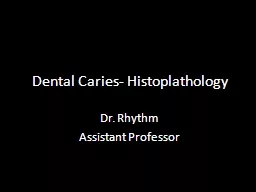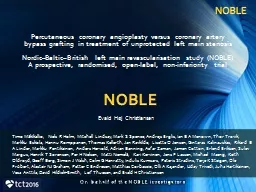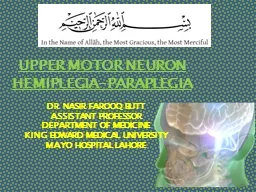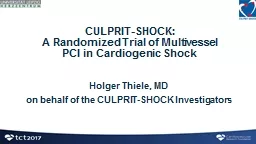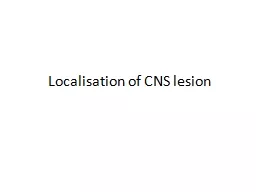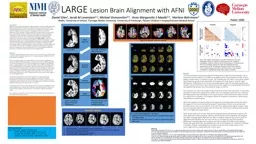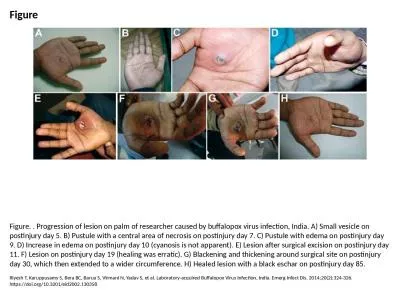PPT-Localising the lesion
Author : stefany-barnette | Published Date : 2016-05-06
Ed Hutchison and Paul Swift Aims Approach UMN vs LMN Spinal tracts Cerebellum Cerebrum Visual lesions Cases Approach to localising the lesion Be systematic A patient
Presentation Embed Code
Download Presentation
Download Presentation The PPT/PDF document "Localising the lesion" is the property of its rightful owner. Permission is granted to download and print the materials on this website for personal, non-commercial use only, and to display it on your personal computer provided you do not modify the materials and that you retain all copyright notices contained in the materials. By downloading content from our website, you accept the terms of this agreement.
Localising the lesion: Transcript
Download Rules Of Document
"Localising the lesion"The content belongs to its owner. You may download and print it for personal use, without modification, and keep all copyright notices. By downloading, you agree to these terms.
Related Documents



